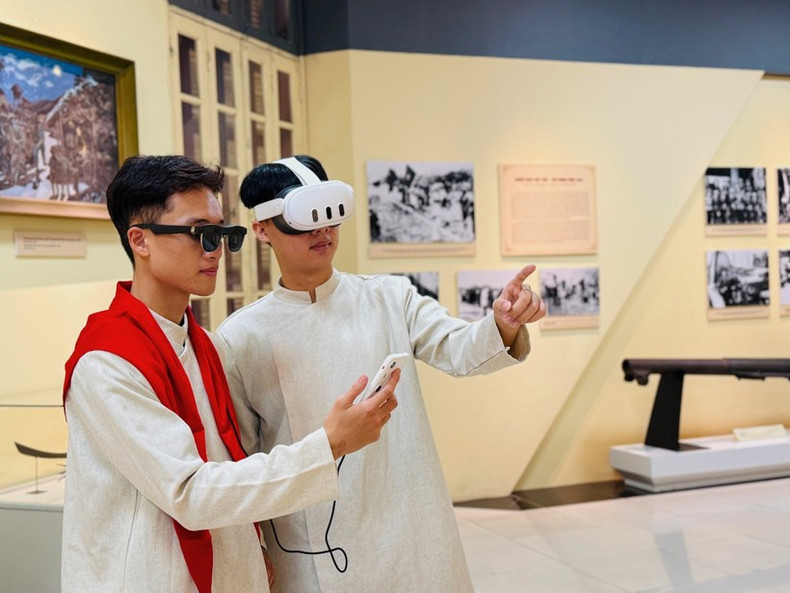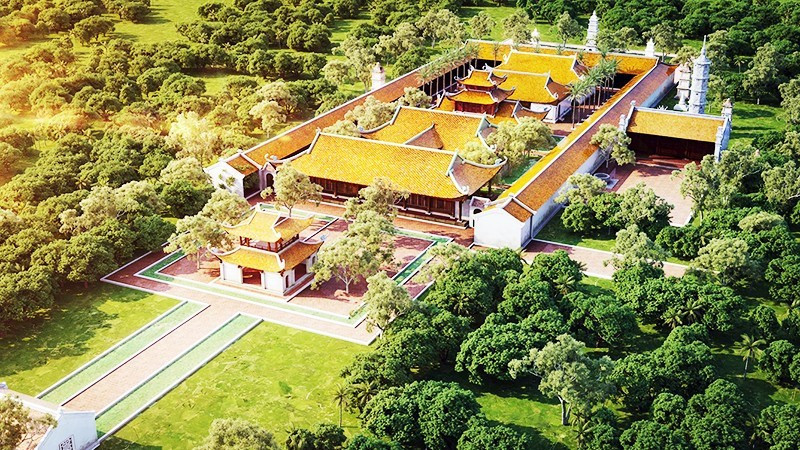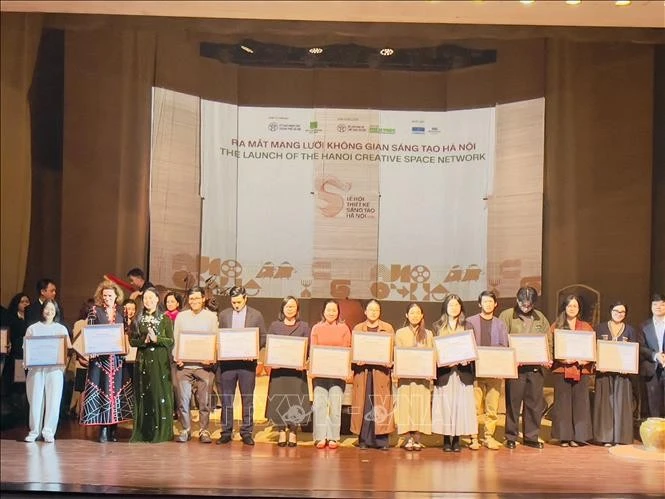In recent years, digital technology has reshaped traditional perceptions of heritage, bringing it closer to the public and enabling partial reconstructions of historical imagery.
Expanding the scope of digital applications
Digitisation goes beyond data storage, it enhances accessibility, strengthens connectivity, and creates immersive, interactive experiences that engage the public with heritage in dynamic ways. It also contributes to the formation of a comprehensive digital ecosystem for cultural preservation.
Proactively embracing technology and integrating digital solutions is key to improving heritage management, education, and outreach in a modern context.
Experts highlight several technological advancements that have been effectively applied in recent years, including Virtual Reality (VR), Augmented Reality (AR), and LiDAR scanning.
Proactively embracing technology and integrating digital solutions is key to improving heritage management, education, and outreach in a modern context.
VR technology enables the recreation of three-dimensional environments within exhibitions. Wearing VR headsets, visitors can immerse themselves in historical spaces, experiencing objects, events, and figures as if they were present in real time.
AR technology overlays real-world environments with digital enhancements, such as text, audio, and 3D models, allowing users to interact with enriched surroundings via smartphones or AR glasses.
LiDAR (Light Detection and Ranging) captures architectural surfaces and structural details as highly accurate 3D images. Combined with photogrammetry, which reconstructs 3D point cloud models, these methods enable the creation of precise digital simulations of heritage objects and sites.
Technology illuminates new pathways for engagement
Innovative technologies such as 3D mapping projections and holographic displays have recently captivated younger audiences during night-time tours of iconic sites like the Temple of Literature and the Thang Long Imperial Citadel in Ha Noi.

Duong Ngoc Ha, Deputy Director of the Temple of Literature’s Centre for Cultural and Scientific Activities and Education, shared that two software programmes have been incorporated into school heritage education curricula.
Students have responded enthusiastically, using digital tools to explore history through engaging extracurricular activities.
Virtual museums now offer immersive 3D environments where visitors can explore historical artefacts. Exhibition layouts, object images, locations, and audio guides are easily accessible with just a few taps on a screen.
The Viet Nam National Museum of History was a pioneer in piloting 3D digitisation across a wide range of artefacts and materials, integrating virtual reality into both exhibitions and research. Many other museums have followed suit with promising results.
The Virtual Art Exhibition Space (VAES) at the Viet Nam Fine Arts Museum enables artists to showcase, promote, and preserve their work while fostering connections with art enthusiasts and collectors. Museum Director Nguyen Anh Minh noted that the institution has implemented numerous digital initiatives, receiving positive public feedback.
The VAES platform has become particularly popular among young artists, who view it as a creative and accessible space for exhibiting their work and engaging with wider artistic communities.
Large-scale datasets can serve as foundational material for deep learning systems, enabling the development of advanced AI tools and generative AI tailored to heritage preservation and derivative cultural products.
Art educators and students alike have embraced digital platforms as valuable tools for learning and inspiration.
The number of technology companies investing in cultural heritage applications is increasing at a rapid pace.
Architect Dinh Viet Phương, a specialist in heritage technology, emphasises the importance of expanding digitisation efforts to build large-scale datasets. These can serve as foundational material for deep learning systems, enabling the development of advanced AI tools and generative AI tailored to heritage preservation and derivative cultural products.
However, technology will only reach its full potential when paired with sustainable conservation strategies and supported by robust investment in technical infrastructure and skilled human resources.
The active application of digital technologies to develop comprehensive heritage databases (E-Heritage) aims to build a vast repository of information on Viet Nam’s cultural legacy. This initiative aims to address practical development needs while supporting the preservation, study, and celebration of the nation’s rich historical and cultural values.
















